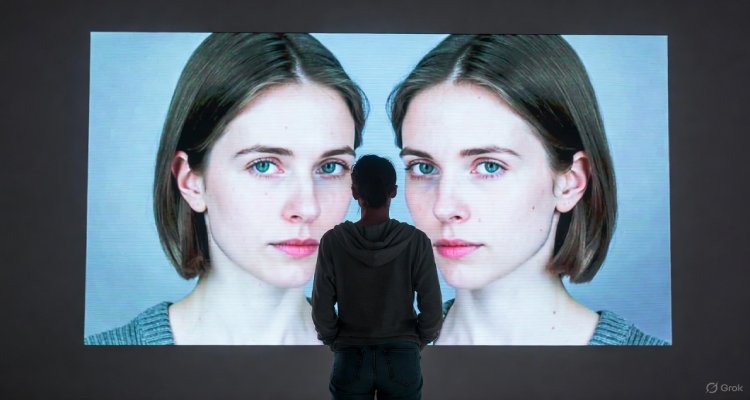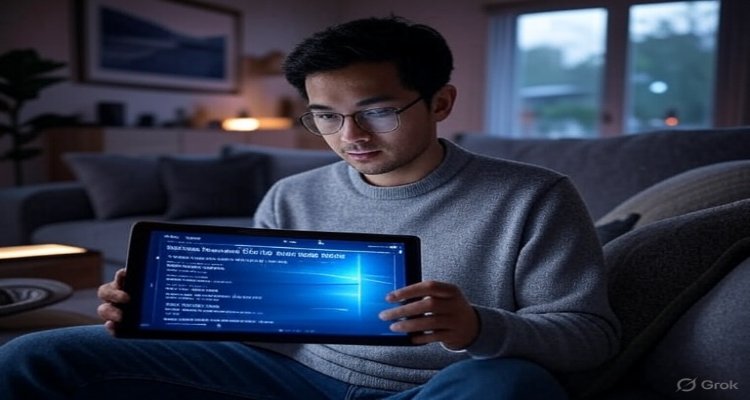Metaverse Living: Designing Your Digital and Real World Life
As the metaverse expands, people are reimagining how to design balanced digital and physical lives. Explore the future of living in blended realities.
Introduction: A New Kind of Neighborhood
Imagine waking up in your cozy apartment, checking your messages through a holographic wall, and then walking into a virtual co-working hub—without leaving your couch. This is not a distant sci-fi plot, but the emerging reality of metaverse living, where digital design and real-world choices increasingly overlap.
As immersive platforms grow, the concept of “home,” “community,” and even “identity” is being redefined. The question is no longer whether the metaverse will affect our lives, but how we will design a balanced existence across both realms.
Context & Background: From Games to Digital Societies
The metaverse began as an extension of online gaming worlds like Second Life and World of Warcraft. But today, it is evolving into something far more expansive: interconnected ecosystems that blend augmented reality (AR), virtual reality (VR), and blockchain-driven economies.
Big tech players such as Meta (formerly Facebook), Microsoft, and Apple are investing billions into building platforms that allow people to socialize, work, shop, and even own virtual property. Meanwhile, startups are experimenting with decentralized, user-owned virtual spaces.
The COVID-19 pandemic accelerated adoption, pushing millions into remote work and digital communities. What started as a temporary adjustment is now shaping a permanent hybrid of physical and digital living.
Main Developments: Designing Life in Dual Worlds
The essence of metaverse living lies in intentional design—how individuals and communities craft experiences in both physical and digital domains.
- Digital Homes: People are buying and decorating virtual real estate on platforms like Decentraland and The Sandbox. These spaces act as extensions of self-expression, much like physical homes.
- Virtual Workspaces: Corporations are exploring metaverse offices, where employees collaborate using avatars, cutting costs on physical infrastructure while boosting global inclusivity.
- Digital Fashion & Identity: Clothing brands from Nike to Gucci are launching digital collections. These allow users to dress avatars in ways that reflect or even reinvent personal identity.
- Health & Wellness Integration: Fitness apps like VR boxing and meditation platforms are helping users maintain real-world health while immersed in virtual environments.
This dual-world design is no longer just a tech trend—it is influencing real estate, employment, education, and mental health conversations worldwide.
Expert Insight & Public Sentiment
“Metaverse living is not about escaping reality—it’s about expanding it,” explains Dr. Karen Li, a digital culture researcher at Stanford. “The challenge is ensuring equity and balance, so that people don’t lose grounding in their physical communities.”
Public reaction is mixed. Enthusiasts see the metaverse as a democratizing force, offering new opportunities for work, creativity, and connection. Critics worry about data privacy, excessive screen time, and the possibility of deepening social inequality if access remains limited to the wealthy.
A 2024 Pew Research survey found that 54% of respondents believe the metaverse will significantly change daily life within the next decade, but 40% fear it could increase social isolation.
Impact & Implications: What Comes Next?
The future of metaverse living raises pressing questions:
- Who Owns Digital Space? If companies control virtual platforms, does that give them excessive power over people’s digital lives?
- Economic Shifts: Virtual property markets are booming, but could digital real estate bubbles pose risks similar to real-world housing crashes?
- Mental Health: As people spend more time in immersive worlds, balancing real-life relationships and physical health will become critical.
- Urban Planning: Cities may need to rethink how physical infrastructure complements—or competes with—digital communities.
For now, hybrid lifestyles are emerging. A professional might work in a virtual office, exercise in an AR gym, then meet friends for dinner in the real world. The success of metaverse living will depend on finding harmony between these layers.
Conclusion: Building a Balanced Future
Metaverse living is not about choosing between the digital or the physical—it’s about weaving them together into a meaningful whole. Just as smartphones redefined communication, the metaverse is poised to reshape how we live, work, and connect.
The design of this future will require collaboration between tech innovators, policymakers, and everyday users. Done well, it could open new horizons of creativity, equity, and human connection. Done poorly, it risks creating fragmented societies and deepening divides.
As we stand at this digital crossroads, the question remains: how will we design our lives when our homes, jobs, and identities exist in two worlds at once?
Disclaimer : This article is for informational purposes only and does not constitute financial, legal, or health advice. Readers should conduct their own research before making decisions related to digital assets, real estate, or technology investments.











